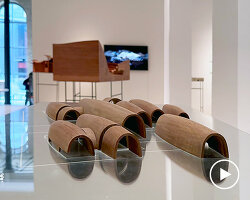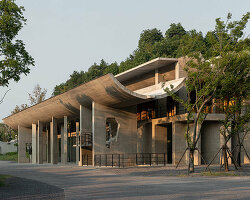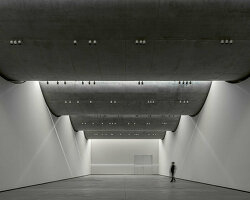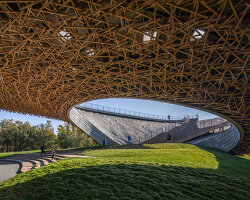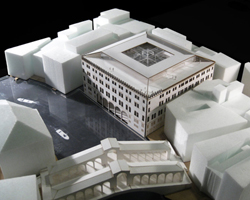KEEP UP WITH OUR DAILY AND WEEKLY NEWSLETTERS
k-studio has joined forces with with grimshaw, haptic, arup, leslie jones, triagonal and plan A to design the expansion of the athens international airport (AIA).
the nordic pavilion, built from forest-managed wood, champions circular design, while saudi arabia blends computational design with vernacular cooling techniques.
designboom visits portlantis ahead of its public opening to learn more about the heritage and future of the port of rotterdam.
connections: +1350
the two photographers documented over 100 structures from the 1960s-80s, from cemeteries and sanctuaries to port buildings and residential complexes.
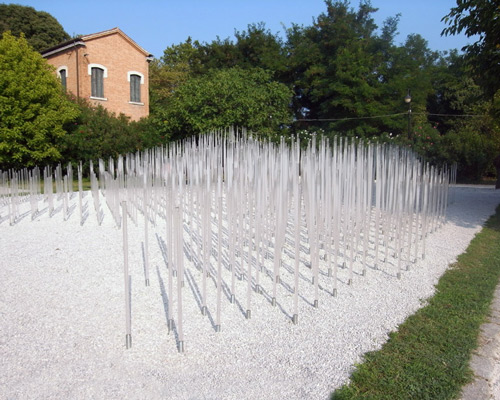
 front view image © designboom
front view image © designboom acrylic bars arranged in a grid system image © designboom
acrylic bars arranged in a grid system image © designboom varying heights and opacities of the pavilion image © designboom
varying heights and opacities of the pavilion image © designboom detail image © designboom
detail image © designboom image © designboom
image © designboom image © designboom
image © designboom pei zhu in front of ‘yi garden’ at the venice architecture biennale portrait © designboom
pei zhu in front of ‘yi garden’ at the venice architecture biennale portrait © designboom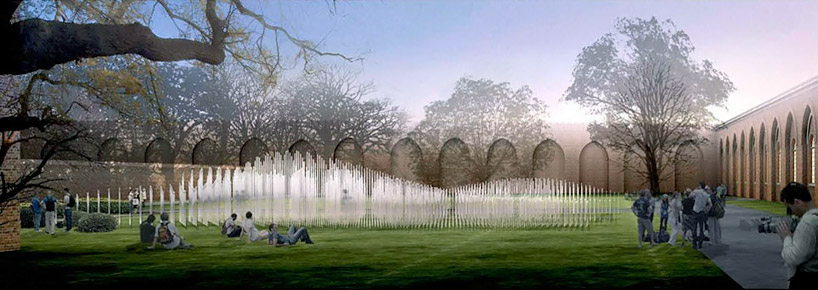 rendering image courtesy studio pei zhu
rendering image courtesy studio pei zhu image courtesy studio pei zhu
image courtesy studio pei zhu diagrammatic drawing of the ‘cloud’ form image courtesy studio pei zhu
diagrammatic drawing of the ‘cloud’ form image courtesy studio pei zhu side elevation, lit image courtesy studio pei zhu
side elevation, lit image courtesy studio pei zhu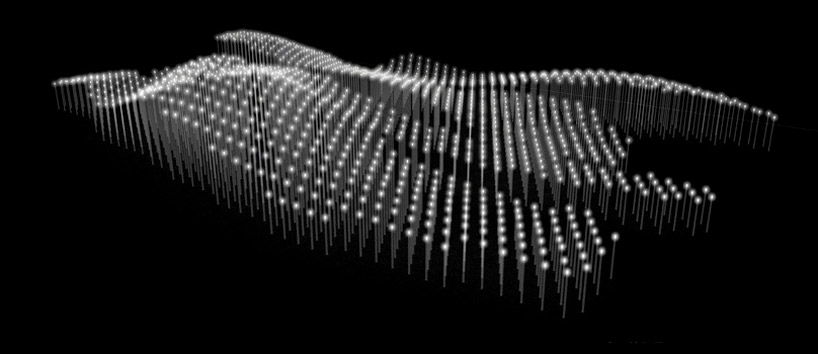 perspective, lit image courtesy studio pei zhu
perspective, lit image courtesy studio pei zhu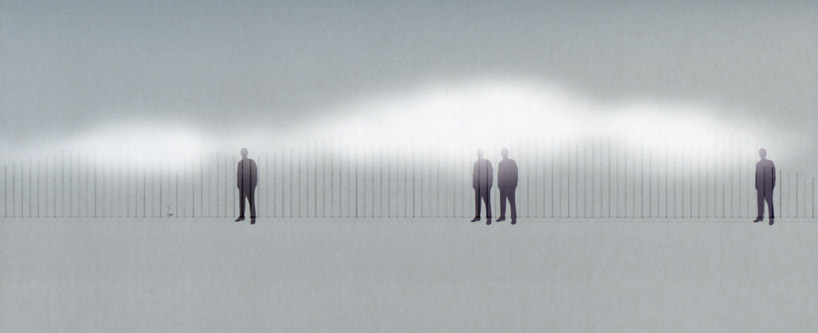 vignette of ‘cloud’ form image courtesy studio pei zhu
vignette of ‘cloud’ form image courtesy studio pei zhu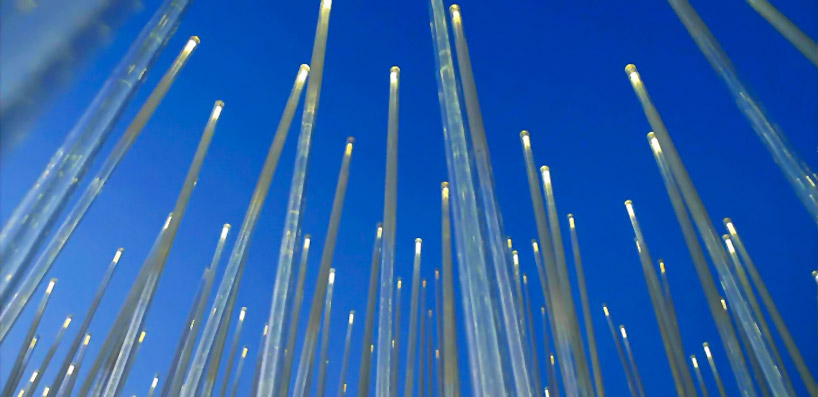 the acrylic bars lit up at night image courtesy studio pei zhu
the acrylic bars lit up at night image courtesy studio pei zhu sketch image courtesy studio pei zhu
sketch image courtesy studio pei zhu